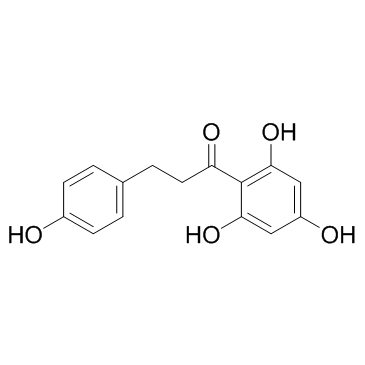| 结构式 | 名称/CAS号 | 全部文献 |
|---|---|---|
 |
根皮素
CAS:60-82-2 |
|
 |
四氢姜黄素
CAS:36062-04-1 |
| 结构式 | 名称/CAS号 | 全部文献 |
|---|---|---|
 |
根皮素
CAS:60-82-2 |
|
 |
四氢姜黄素
CAS:36062-04-1 |